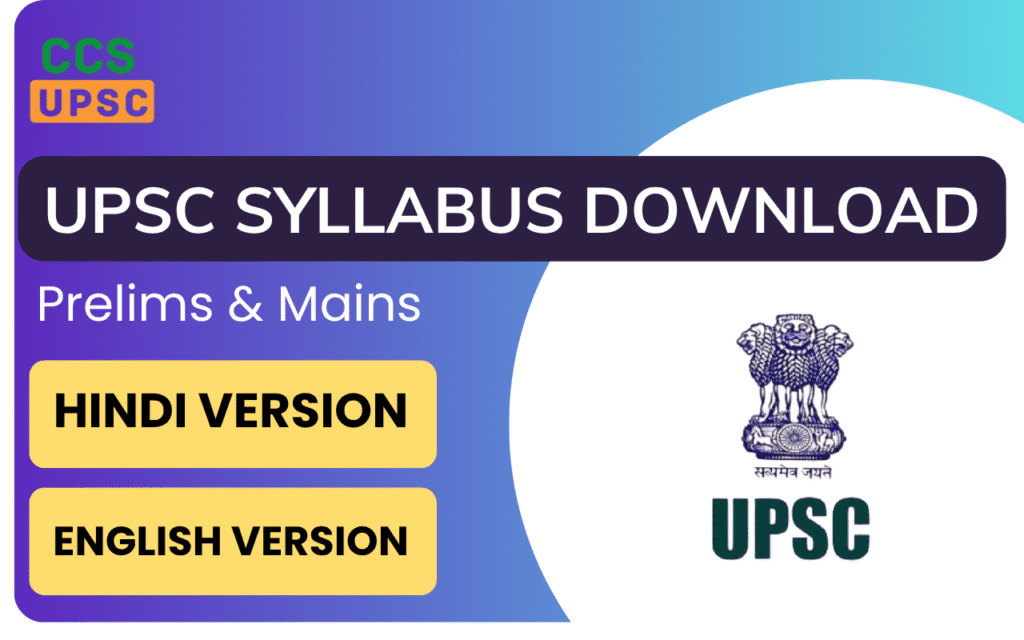UPSC Exam Pattern (Prelims & Mains) | UPSC Syllabus PDF Download
Preparing for the UPSC Civil Services Exam 2026?
This page delivers a comprehensive, up-to-date guide to the UPSC syllabus in English and Hindi, complete with PDF downloads and proven preparation strategies for both Prelims and Mains.
Find here:
UPSC Exam Format (Prelims & Mains breakdown)
Download UPSC Syllabus PDF for all Papers
UPSC Strategy to clear CSE in your first attempt
Everything is meticulously curated to help you master the UPSC syllabus, optimize your study plan, and maximize your Prelims and Mains scores.


